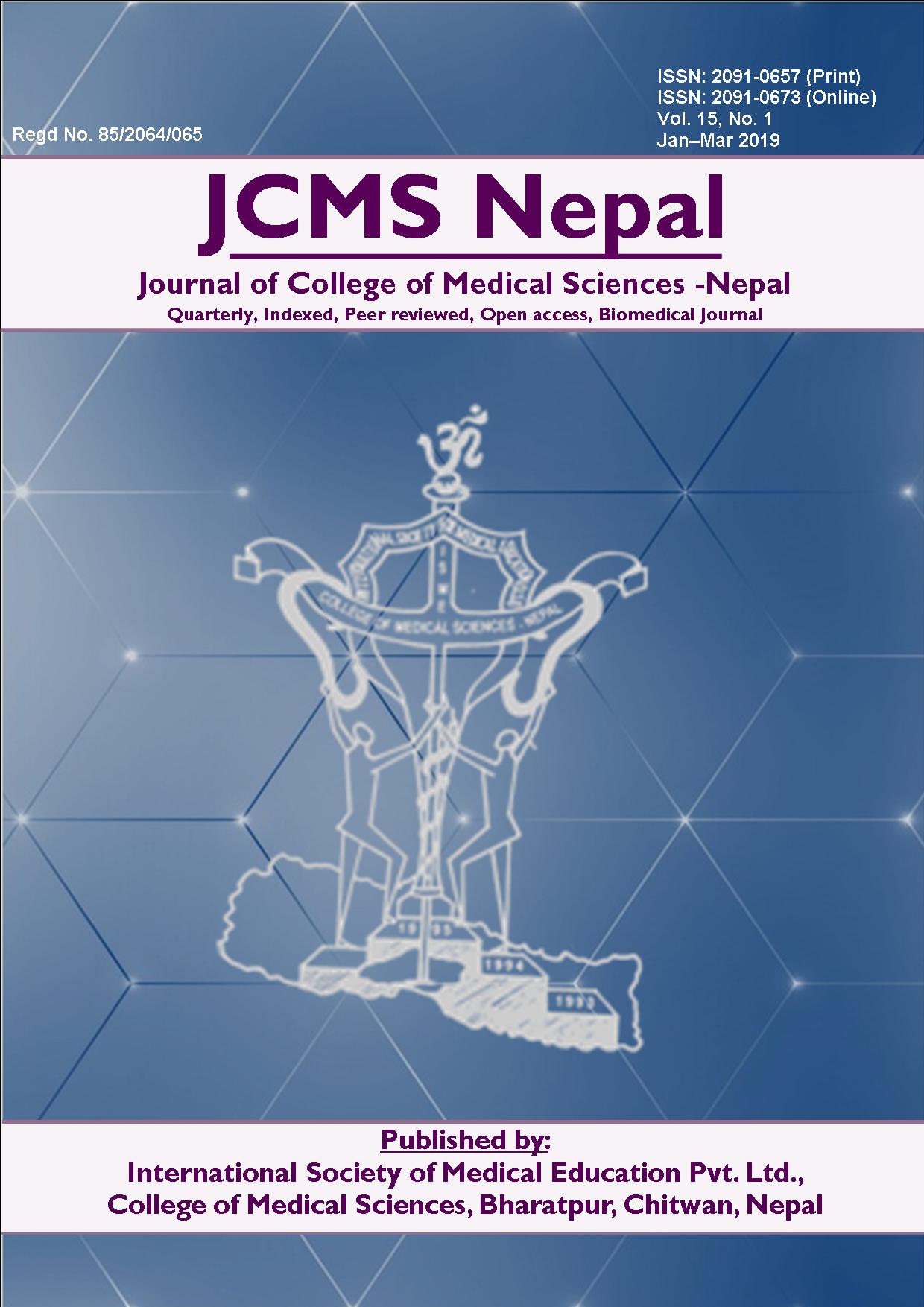Pencil Grip Patterns of Students and Skilled Workers
DOI:
https://doi.org/10.3126/jcmsn.v15i1.19286Keywords:
dynamic tripod, pencil grip, Delta State, students, skilled workersAbstract
Background: Pencil grip can be defined via detailed descriptions of the variables constituting the grip and it commences in the preschool years with writing instruments and therefore relevant to graphologists, forensic medicine and anthropology. The purpose of this investigation was to describe the diversity of pencil grip patterns among students and skilled workers in Delta State, Nigeria. The research also aimed at determining the effects of sociodemographic factors, handedness,and handwriting speed on pencil grip patters.
Methods: Stratified random sampling was employed in this cross sectional observational study. Five hundred and fourty three volunteers between the ages of 11-77 years were investigated. Students were observed while writing from their textbooks and skilled workers were observed writing from any available news paper. Photograph of the writing hand was captured with the digital canon camera. The data was analysed using the Statistical Package for Social Sciences (SPSS) 20. Kruska wallis test was used to establish relationship between pencil grip patterns and sociodemographic factors. Handwriting speed was determined by a speed score (letters per minute) and timed for 60 secounds for each participant. A self administered questionnaire was used to obtain data on sociodemographic factors.
Results: This investigation demonstrates that gender had a significant effect on pencil grip patterns among secondary students (p<0.05)(K.W=7.54. df=1. p=0.01). Further observation showed that age and profession had a significant effect on pencil grip patterns among skilled workers at p<0.05 (K.W= 43.09,134.69 ,df=3,3, p=0.00,0.00).
Conclusions: Findings from this investigation present the dynamic tripod grip as the most predominant grip pattern in the studied population.
Downloads
Downloads
Published
How to Cite
Issue
Section
License
This license enables reusers to copy and distribute the material in any medium or format in unadapted form only, for noncommercial purposes only, and only so long as attribution is given to the creator.




